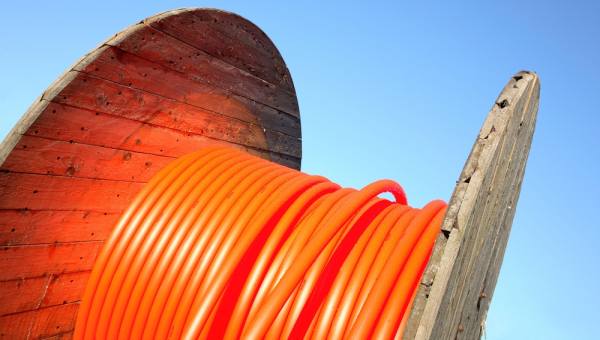SEACOM uses Infinera to reinforce regional backbone, metro network
SEACOM uses Infinera to reinforce regional backbone, metro network

Network connectivity services and undersea cable system operator SEACOM has deployed the Infinera TM-Series for its new metro wavelength division multiplexing (WDM) networks in South Africa and East Africa.
According to a statement the TM-Series from Infinera, a provider of intelligent transport networks, has been deployed to enhance customer connectivity to international networks. The offering was also selected for SEACOM's East African regional backbone network.
The companies have said that the TM-Series is optimised for 10Gbps and 100Gbps WDM, and will be used for SEACOM's metro core networking and regional backbone networks.
The enterprise networking company said that it selected the Infinera TM-Series for its flexibility in providing a scalable solution for packet-optical networking for metro and backbone applications, low power consumption and low latency.
SEACOM owns and operates a high-capacity international network consisting of multiple submarine cable systems connecting Africa to Europe, Asia and the Middle East.
The company's submarine and terrestrial networks is said to stretch across 17,000 kilometers, with its new metro network located at key landing points and, according to SEACOM has been "designed to handle the increased capacity and to support multiple new services."
"We are delighted to be able to increase the quality of our offering to all customers by investing in scalable metro networks and an upgrade of our regional backbone network to support multiple 100 Gb/s links," said Claes Segelberg, CTO of SEACOM. "Infinera's packet-optical network solution fits easily into our existing infrastructure and allows SEACOM to offer a uniform, flexible and scalable platform while minimising our ongoing operational costs."
Nick Walden, Senior Vice President of Sales for EMEA, said "The Infinera TM-Series metro packet-optical solution enables SEACOM to expand the capabilities of its networks, creating high-bandwidth solutions for its customers."
In August Patrick Christian, senior analyst at TeleGeography's Global Internet Geography, said new cable builds on the east and west coasts of Africa, in addition to new terrestrial networks, has increased available capacity in Sub-Saharan Africa.
Research shows that Africa's bandwidth has grown by 51% annually, in the last five years.
